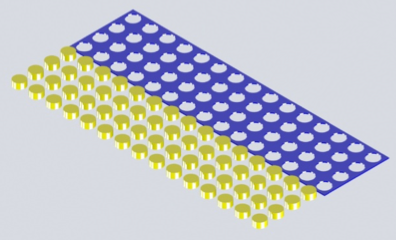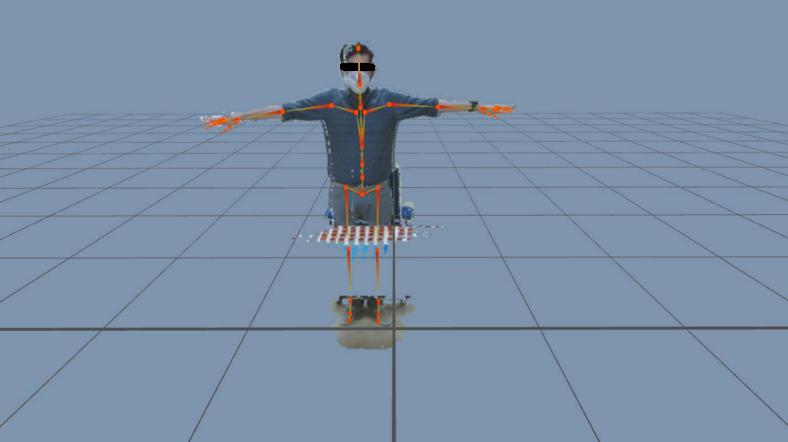The possibility to cooperate with people and institutions from all over the world has always fascinate me. When I joined the CRC, almost one year ago, I was so happy to hear that international collaborations are strongly recommended and supported. The University of Naples Federico II, invited me to join them during spring 2021 in order to help carrying out some interesting experiments that really fit the topic I am working on. Unfortunately, due to Corona virus going abroad became difficult and at some point almost impossible. However, I did not give up and after a number of emails between me and the Crisis Management Team of our University I was allowed to leave for the research stay.
But now let me take you with me back to the eight weeks that I spent in Naples. Before I move to the fancy part I have to say that the first week was not really special since I had to be in quarantine and to work from remote.
However, once the sad part was finished I started attending the Ergonomics and Shape (ErgoS) laboratory of the Fraunhofer Joint Lab IDEAS (Interactive Design and Simulation) of the department of Industrial Engineering of the University of Naples Federico II (http://www.ideas.unina.it). Here our colleagues carry out interesting studies that mainly involve humans and the way they move. They perform human motion analysis working with a marker-based motion capture system using ten infrared cameras as well as marker-less motion capturing using depth cameras or inertial sensors. They even use electromyography to investigate muscle activation.
At this point let me explain you why I went there.
Within the framework of a collaboration of the ErgoS lab and the Campania regional CONTARP office of the Italian National Institute Against Accidents at Work (INAIL), they want to use their technology to automate the assessment of manual dexterity of injured employees. This is usually done using standardized tests like the Minnesota dexterity test (Fig.1) and the evaluation is based on the time needed to complete the test. Since we investigate sensor networks for gesture recognition within our subproject A03 and at the professorship of Sports Equipment and Technology as well, we make a large use of motion capturing systems. Hence the research conditions of the ErgoS lab sounded very promising to me and my supervisor, Prof. Stephan Odenwald.

(a) 
(b)
During the first four weeks, under the supervision of Prof. Antonio Lanzotti (head of IDEAS) and Prof. Giuseppe Di Gironimo (head of ErgoS lab), my colleagues from the University of Naples and I set up the marker-less MoCap system, that comprise of three depth cameras (Microsoft Kinect 2.0, Microsoft Corp., Redmond, WA, USA) and a specific software for the recording and the motion analysis. That may sound easy but a lot of trial and error was needed to find the optimal positioning of the cameras and to discover all the limitations of the system and eventually overcome them. At the end of the fourth week the system was properly working and we could start recruiting participants for the test session. We tested 24 healthy persons aged between 20 and 31 years. Each performed the Minnesota test (Fig.2) twice and we recorded the test with all the different motion capturing techniques described above. Thus, we collected a huge amount of data that we are still analysing. Nevertheless, we were already able to define some recurrent patterns in the signals recorded and we believe that we will be able to automize our test in the near future. More detailed information will be delivered in the paper that will be published until the end of 2021. So, in case you are interested in this kind of research, keep an eye on our latest publications.
Looking back, I have to say that my stay in Naples was an amazing experience that gave me the chance to work on my research topic in a different way using different tools. The knowledge I acquired in these two months will be really useful for some future studies within our project.
I would encourage every young scientist to apply for at least one research stay abroad and I am also very curious about the experiences and stories my colleagues will share with all of us.
Picture Credits: Heinz Albers, CC BY 3.0 https://creativecommons.org/licenses/by/3.0, via Wikimedia Commons



